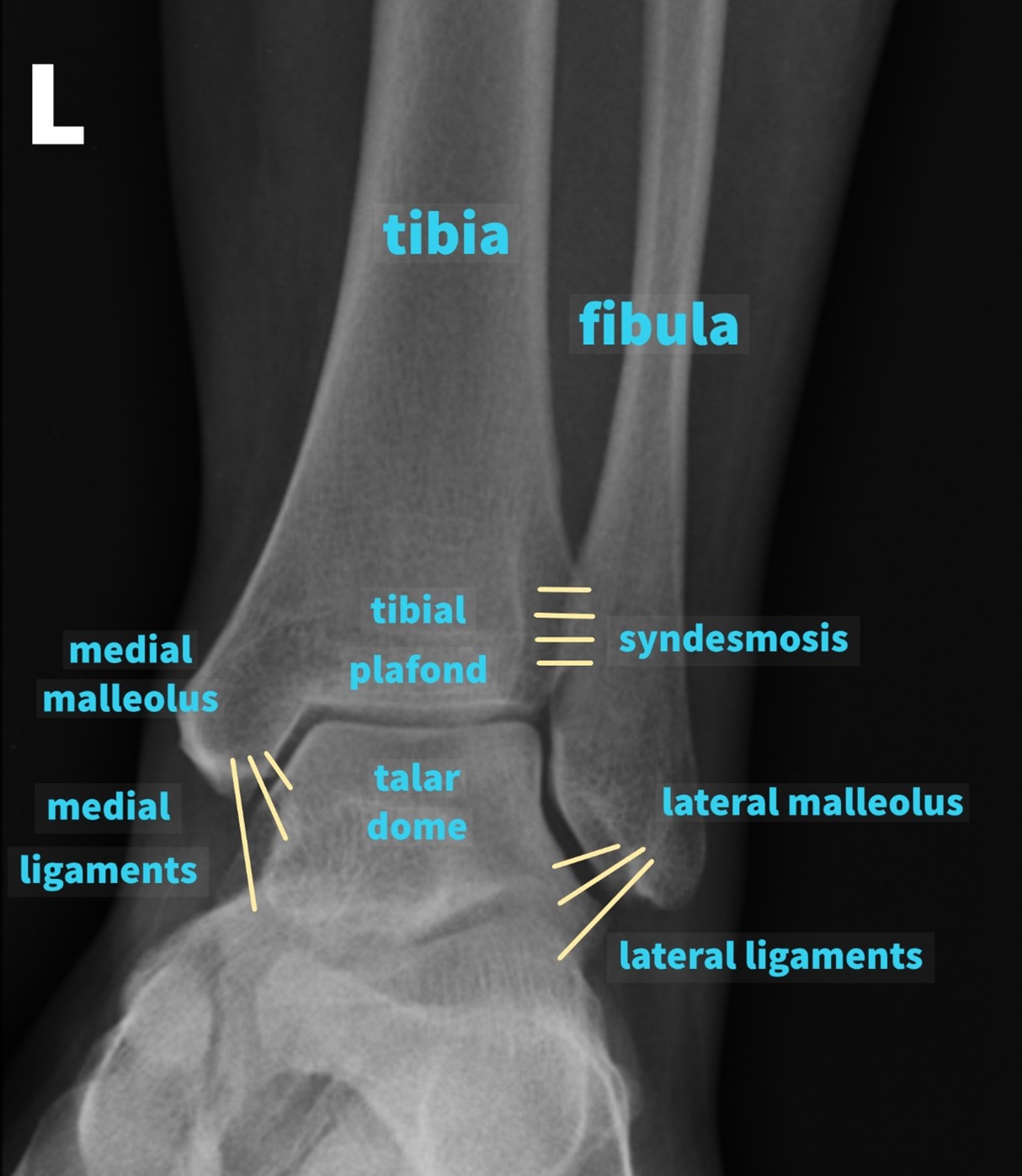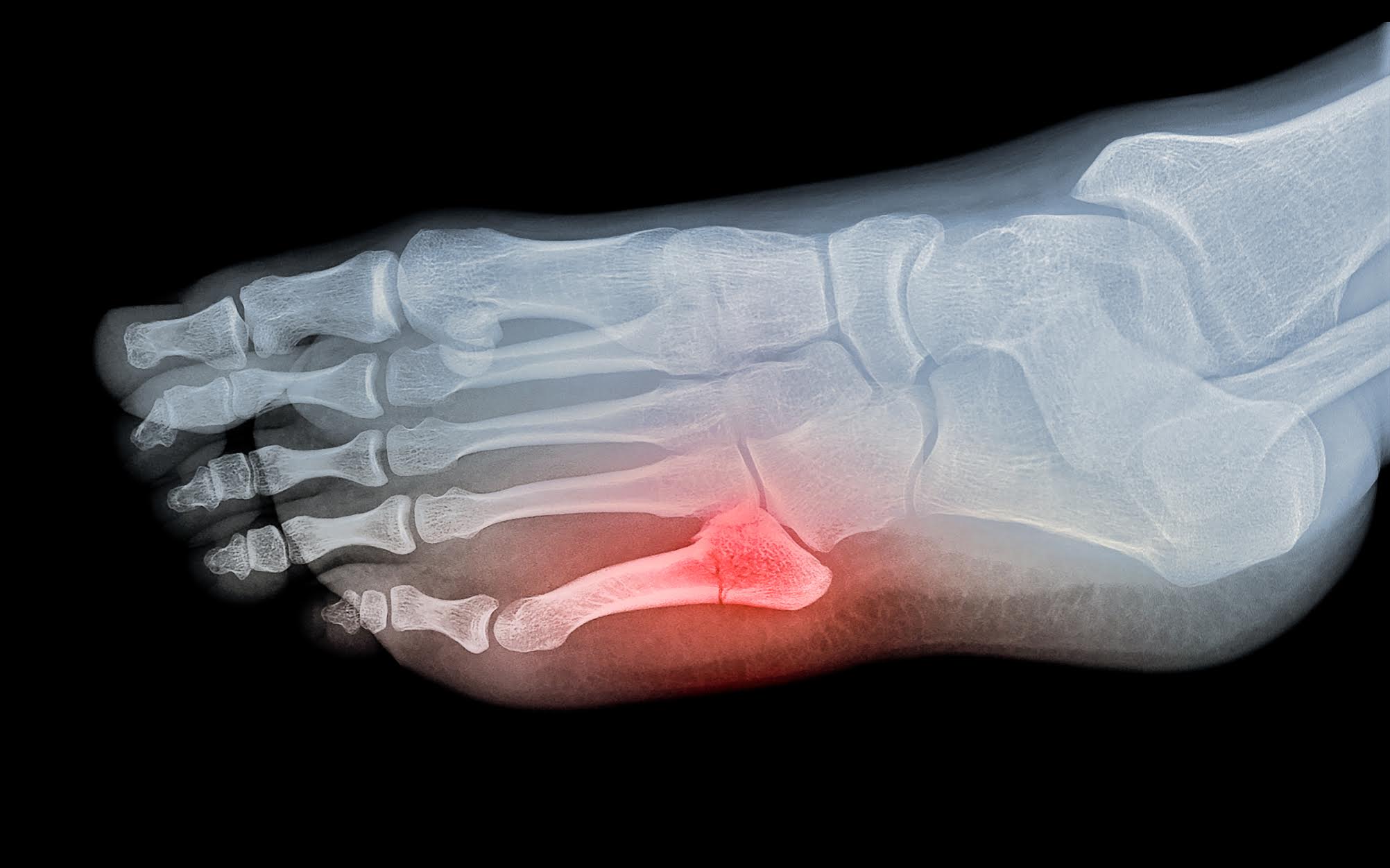

Foot problems: Problematic footwear can cause injuries.As this develops, so does a female athlete’s chance of injury.

In fact, female athletes may be at a greater risk because of a condition called the “female athlete triad.” This is where extreme dieting and exercise may result in eating disorders, menstrual dysfunction, and premature osteoporosis. Sex: Women, especially women with absent menstrual periods, are at increased risk of hairline fractures.Certain sports: Participants in high-impact sports, such as track and field, basketball, tennis, dance, ballet, long-distance runners, and gymnastics, increase their chances of getting a hairline fracture.There are also a number of risk factors that increase your chances of getting a hairline fracture: Who’s most at risk for developing a hairline fracture? navicular, a bone on the top of the midfoot.It’s also common to experience a hairline fracture in your: This is because they’re thin bones and the point of impact when pushing off on your foot in order to run or jump. Within the foot, the second and third metatarsals are most commonly affected. These bones absorb a lot of stress during running and jumping.

The bones of the foot and leg are especially prone to hairline fractures. Not allowing yourself enough time to heal between activities is often a factor in the probability of getting this injury. Hairline fractures are often caused by overuse or repetitive actions when microscopic damage is done to the bone over time. People with osteoporosis can also develop hairline fractures. This injury is most common in athletes, especially athletes of sports that involve running and jumping.
ANKLE BONE FRACTURE CRACK
Treatment may involve applying ice to the affected area.Ī hairline fracture, also known as a stress fracture, is a small crack or severe bruise within a bone. A hairline fracture typically results from injury and can cause swelling and tenderness.


 0 kommentar(er)
0 kommentar(er)
